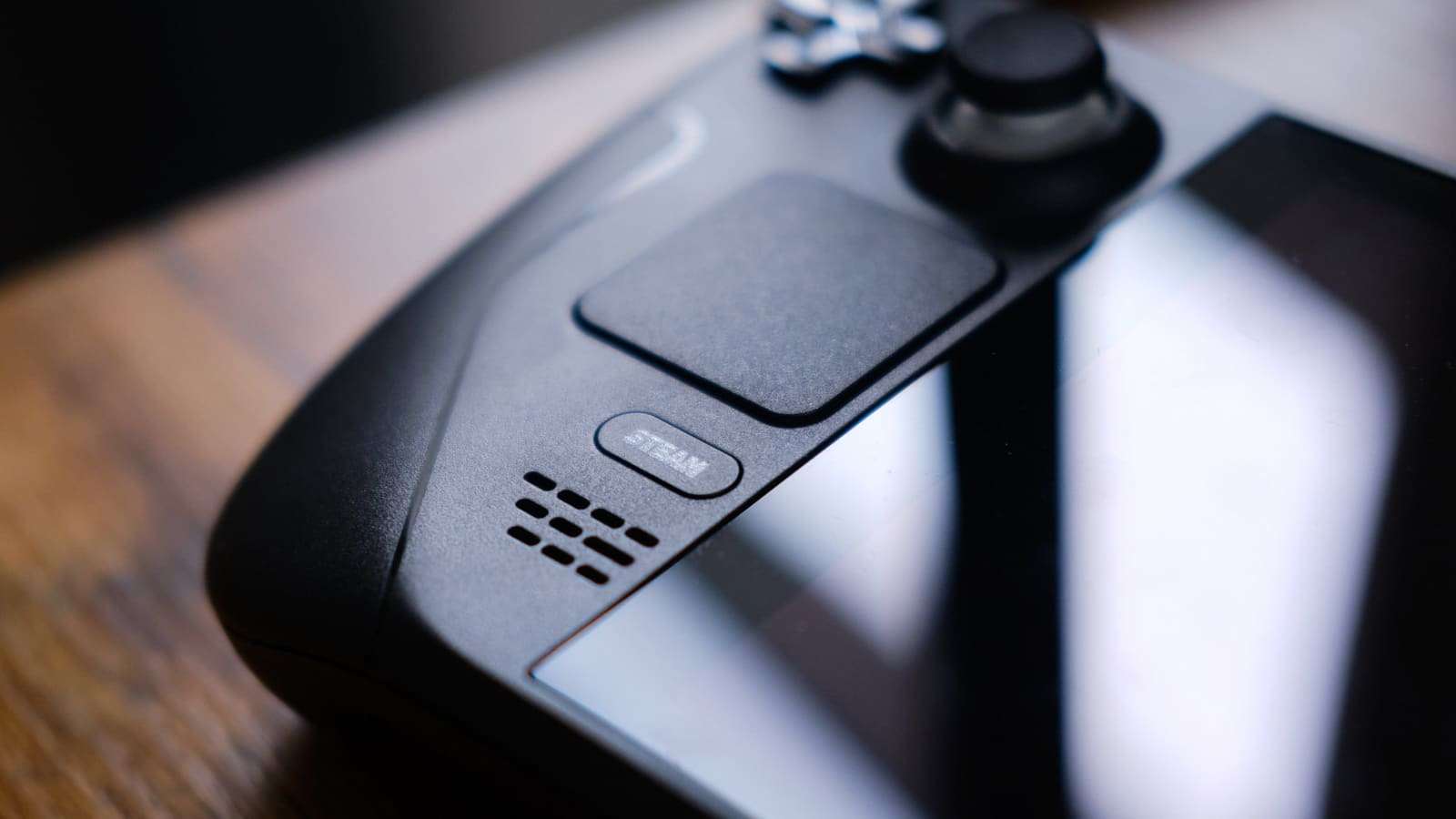Can you use a GPU with the Steam Deck?
 Dexerto
DexertoWondering if you can use a GPU with the Steam Deck? Valve’s humble handheld is capable of a lot, and we do a deep dive into whether you can increase its performance to the next level.
Valve’s Steam Deck has enjoyed two years on the market, and while the RDNA2-based system is indeed a powerful, portable machine, the demands that modern games have graphically is only increasing as time marches on. With titles like Dragon’s Dogma 2 hitting 25-30 FPS on modern consoles, some users might want to see if they can boost the performance of their favorite gaming handheld.
Other handhelds, like the ROG Ally, Ayaneo lineup, and more all have capabilities to be hooked up to an external GPU dock in some form or another. However, the Steam Deck lacks this native connectivity on its IO ports. But, that doesn’t mean that all hope is lost. You’ll just have to have the mind of a modder.
Steam Deck external GPU: Is it possible?

You can add an external GPU to the Steam Deck through several methods. The first of which is to adapt the PCIe card of a GPU, into a M.2 slot using a converter. Then, you must also power the GPU using an external power supply. Since you are removing the M.2 slot from the Steam Deck, you will also need to install Windows from an external drive, such as a MicroSD card or portable storage device.
From there, you’ll need to install the appropriate GPU drivers to get everything up and running. Just note that you will require an AMD graphics card for this method to work, as the Steam Deck does not play nicely with Nvidia GPUs. Also note that due to the limited bandwidth of the M.2 slot, you won’t be using the external GPU to its full potential, so you should expect less performance than if it were plugged in directly to a PCIe slot.
The second method is to use an external OcuLink GPU solution for the Steam Deck. You’ll need to mod your Steam Deck to replace the SSD with an M.2 to Oculink port, mod your case, and install Windows on a portable storage device since you lose access to the M.2 port.
GPD’s G1 graphics dock will work nicely, and since it runs on an AMD RX 7600M XT, you will be able to eke out more power from your Steam Deck with this solution. You can also add more storage via a Steam Deck dock, and charge the Steam Deck while you are running this setup too. In the YouTube video above, performance in 3D Mark’s Fire Strike benchmarks increased the overall score by 5.5x, with Time Spy’s scores increasing by almost 10x. While it’s a pain to get set up, the results appear to be undeniable.
There are a lot of caveats
Running an external GPU to a Steam Deck is not straightforward, and every solution relies on the Steam Deck being cracked open, and losing access to its M.2 slot. Since SteamOS does not support external graphics cards, you will then have to go through the process of installing Windows to your boot device.
Combined with the fact that you’ll also have to set up physical modifications to use this solution in the long term, it doesn’t feel like a reasonable permanent solution. When compared to the likes of other handhelds, which have much smoother out-of-the-box support for external graphics cards using ThunderBolt and OcuLink, you might find more success trying it out with a different handheld, as the setup will just be a bit smoother than if you were to try it with a Steam Deck.